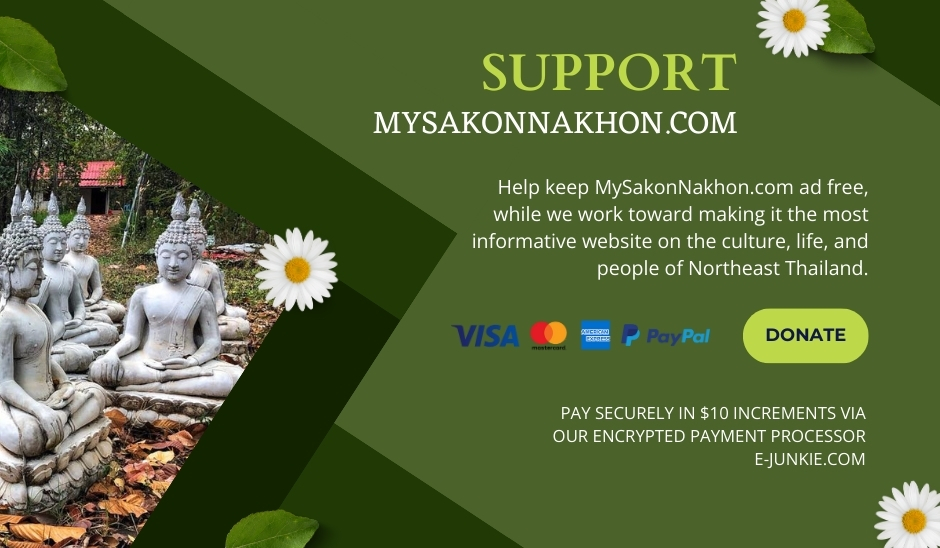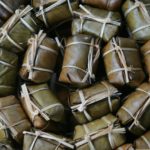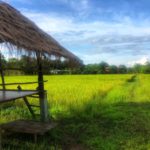
Growing Straw Mushrooms (Het Fang) in Thailand
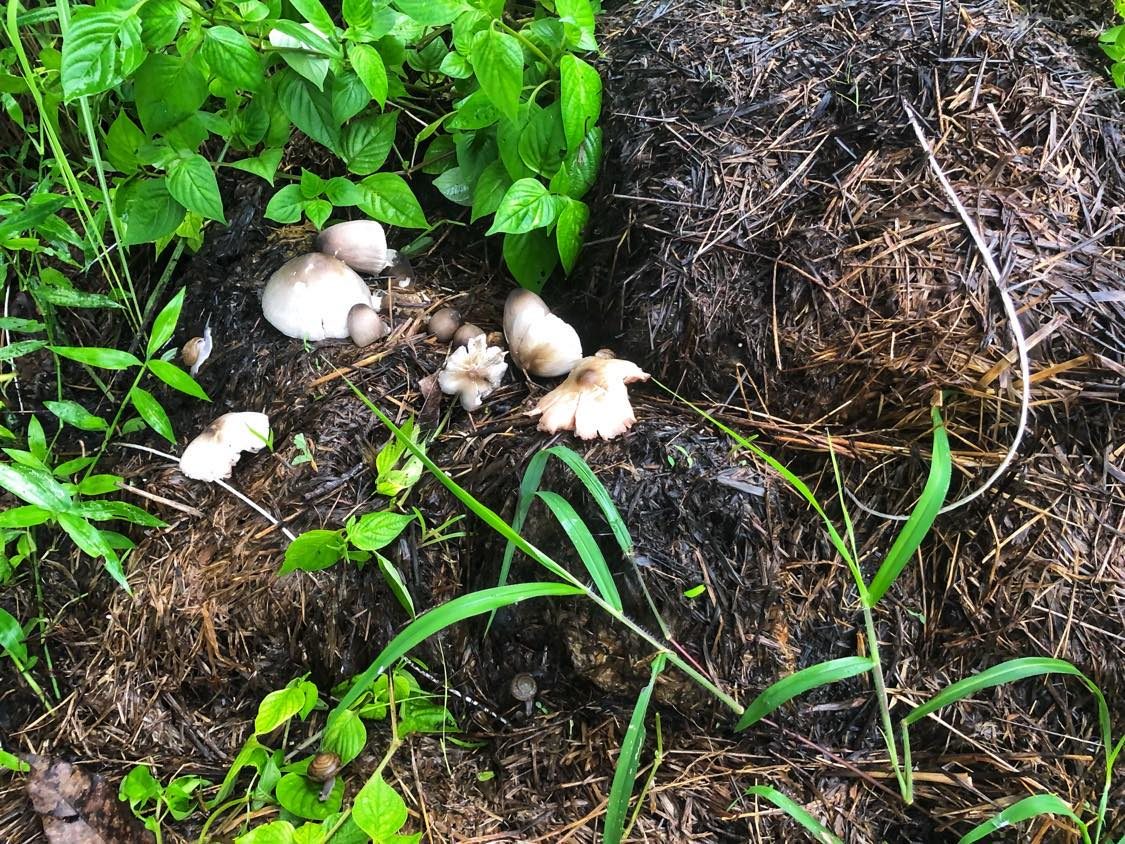
Straw mushrooms are grown by many rural villagers in Thailand. If you look online how to grow straw mushrooms, referred to in Thailand as het fang (), you’ll see all sorts of “easy” directions that include the purchase of things like plastic tarps, cotton seed hulls, wheat bran, shredded lime, etc. In other words, it’s not so easy as they make it sound. Most Thai villagers, however, don’t do any of that (especially in Sakon Nakhon), unless they are trying to get into the business of cultivating and growing straw mushrooms for profit.
The much easier way to grow straw mushrooms, and the one commonly practiced, is just to throw a bunch of bales of hay (rice straw gathered up from the harvested rice paddies) into the corner of your yard. Then let the bales rot (compost) over the course of the next 7 months. By the end of the rainy season in October, you will more likely than not find wild straw mushrooms popping up in the bales of hay. There is nothing else you have to do. Just pick the mushrooms after they have grown to a nice size (but don’t wait too long) and use them in your next delicious batch of Tom Yum or Tom Kha Gai.
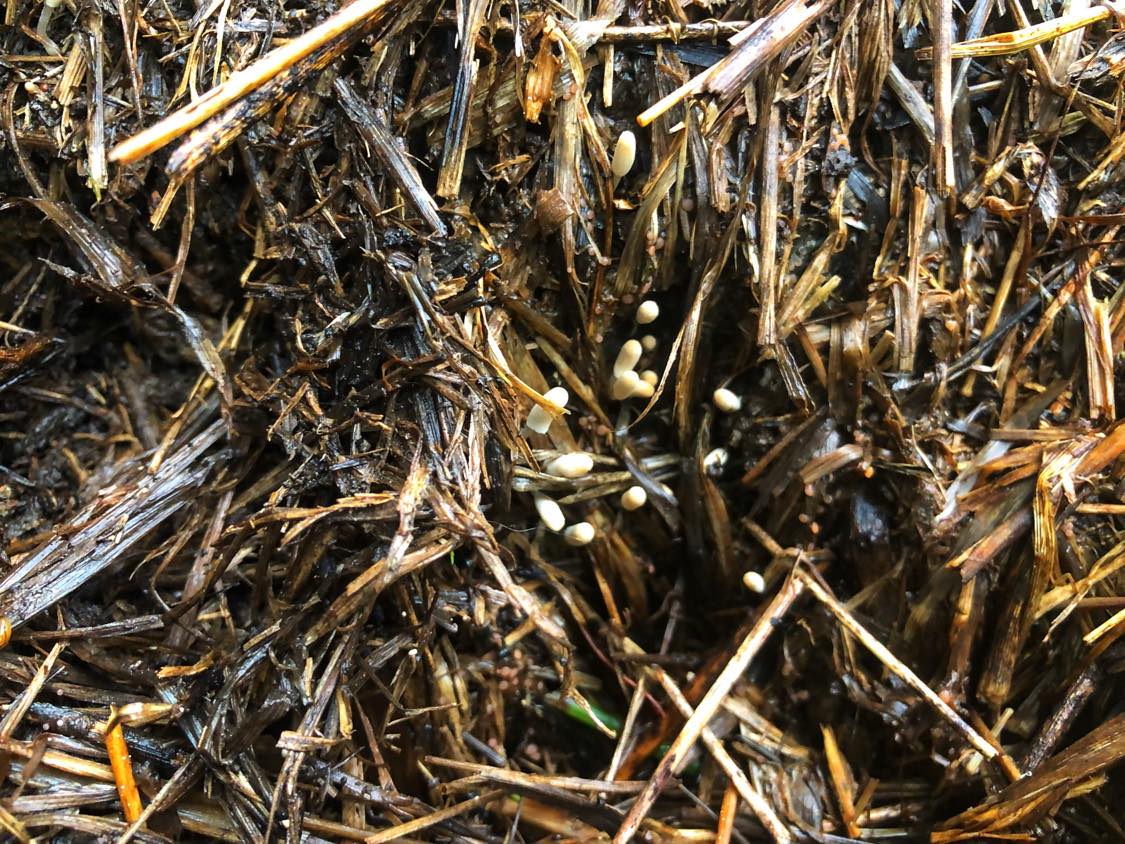
Straw mushrooms (Volvariella Volvacea) are a bit similar to Champignon mushrooms (the kind you often see canned). However, straw mushrooms have a dome shaped cap and a superior flavor profile. While used frequently in Thai soups, they are added to a wide variety of Thai dishes at Sakon Nakhon restaurants. So, if on your travels through the Sakon Nakhon countryside, you happen to see a mound of hay bales rotting somewhere, and wonder why they haven’t been used to feed the cows or water buffalo, it’s likely because straw mushrooms are being grown!
- Thai Inhalers: Boost Your Memory & Recall with “Ya Dom” - May 18, 2024
- Phra Khun Paen: Thai Love Spells & Amulets - May 17, 2024
- Visakha Bucha Day in Thailand (2024) - May 16, 2024
